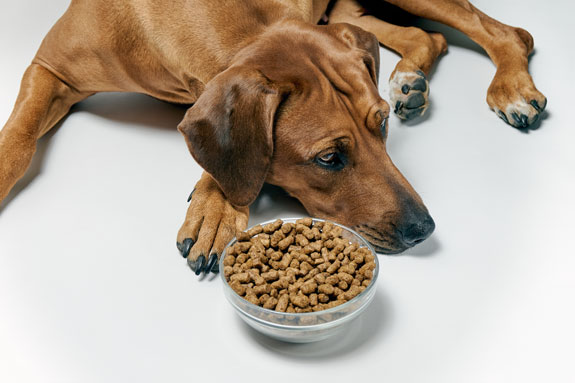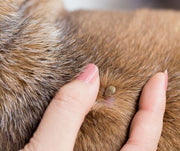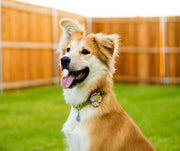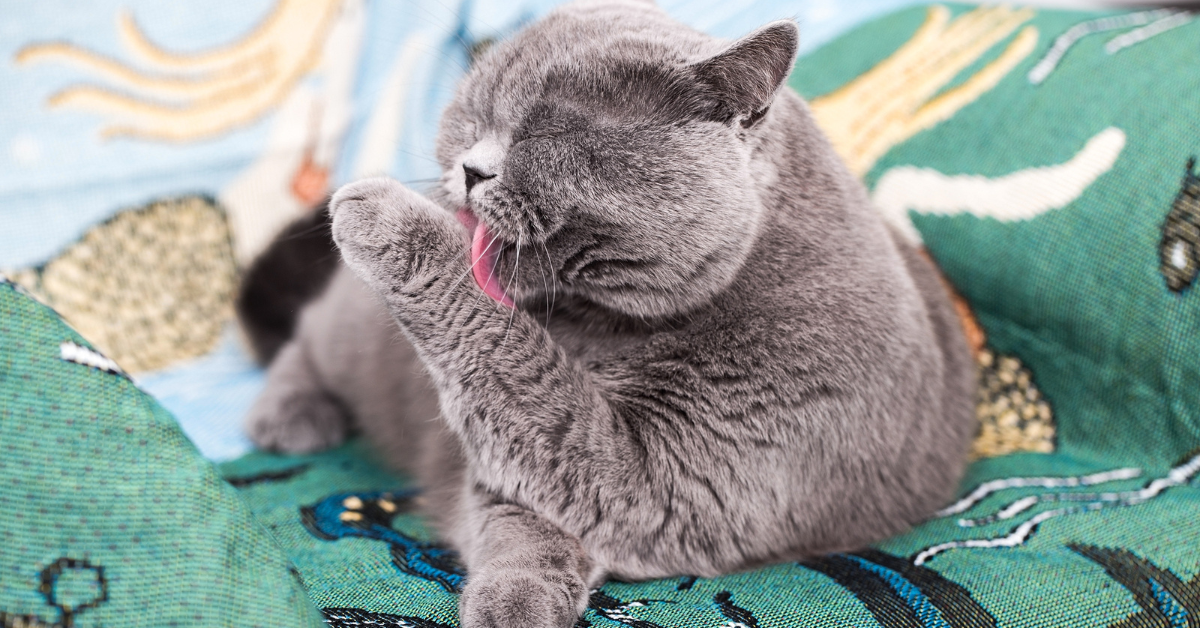Dehydration In Dogs: Warning Signs

We're all pretty familiar with the signs of human dehydration. Headaches, dry mouth, and dizziness can all be attributed to lack of fluids in our body. However, when it comes to our dogs, it can be difficult to pinpoint if their hydration needs are being met. Even though we believe our dogs to be invincible at times, they still need our help when they are feeling under the weather. Dehydration can affect every dog, every size, and every breed, so owners should be aware of symptoms and how to treat it.
LOSS OF SKIN ELASTICITY
Among the easiest ways to see if your dog may be lacking in fluids is to check their skin elasticity. Take a section of skin from the back of their neck. Don't worry, this will not hurt the dog. Pull it up slightly between your fingers and watch as it moves back into place. A hydrated dog's skin will go back immediately, but if the skin lags behind a bit, your dog might be dehydrated.
CHECK THE GUMS
A dog's gums are among the best ways to tell if your dog is dehydrated. They should appear moist and red. If they are sticky or dry, that could indicate a problem. Another way to tell is by doing a capillary refill test. This is the same test performed on humans to check for certain conditions. Press your finger slightly against the side of your dog's gums. When you press, your dog's gums should turn to a lighter color. If the lighter shade remains for longer than a few seconds, you may have a dehydration issue. The gum color should go right back to red in properly hydrated dogs.
VOMITING WITH NO DIARRHEA
Vomiting and diarrhea tend to be one of the top ways pet parents can determine something is not right with their dog. Both of these together can signal a digestive tract issue, such as the dog eating something that did not agree with him. We as humans, go through the same thing, but if your dog is continually vomiting without any evidence of diarrhea, dehydration is a concern. The dog may gag without any vomit coming up as well, so watch for this possible sign of dehydration in your dog.
LOSS OF APPETITE

This is a big indicator that dehydration may be affecting your dog. Loss of appetite can be attributed to other conditions, so to rule them out, ensure you keep an eye on your pet when and if they eat. On occasion your dog may skip meals, and that is usually okay so long as the dog resumes eating the following day. Ensure that your dog's food is of the wholesome variety and not just the cheapest brand on dog food shelves. Nutritious dog foods have meat as the first ingredient rather than corn or other filler ingredients. Yes, sometimes higher quality dog food is more expensive, however it's much healthier for your dog. Consider purchasing a food storage container to keep the higher quality food fresh for as long as possible. Once you've ruled out bad dog food and you notice your dog is still not eating, take them to the vet for further analysis.
SUNKEN EYES
Although not every aspect of your dog can mimic humans, signs of dog dehydration sometimes can. Sunken eyes and dark circles are often a sign that humans are dehydrated, and this can be a sign for your dog too. If you notice a difference in your dog's eyes, this may indicate a severe case, so it is highly recommended that you seek medical help at the vet or animal hospital.
PANTING HEAVILY
Dogs pant. It is how they cool themselves as dogs do not expel sweat like humans do. From time to time, you will see your dog pant after a run outside or playtime with other dogs. This is no real concern. However, if your dog begins to pant excessively whether they have been playing or not, you should encourage your dog to drink water. If they refuse to drink, get them to the vet as soon as possible. Excessive panting can also be a sign of heat exhaustion if your dog has been outside in the hot sun for a long time without proper hydration.
LETHARGY

Dogs can have lazy days just like the rest of us, but if that lazy day lags on further, you may need to seek medical attention. Dehydration tires dogs out and when they are tired, they may not drink adequate water to curb dehydration. It is a vicious cycle that often requires the help of an owner and a qualified vet to alleviate. Lethargy can also be signs of other medical emergencies, so keep a keen eye on your dog for excessive sleepiness.
WHAT TO DO IF YOUR DOG IS DEHYDRATED
First, if you suspect your dog of being dehydrated, try to get them to drink water. They may not want to and sometimes they may need your assistance to get the water they need. If the dog is excessively lethargic or simply uninterested in drinking water, you may need to assist them by gently holding their head and pouring a little water directly into their mouth. This is not done to be cruel, but to remind the dog of their need for water. If this does not work, you might way to take your dog to the vet.
The van can administer fluids to your dog intravenously which will allow hydration of the body directly without having to venture through the digestive tract. This is also done to humans at the hospital, so do not be alarmed if your dog requires fluids in this manner.
Dogs can become dehydrated at any point throughout the year, no matter the weather, so keep an eye on their behavior and watch for potential signs of dehydration. Dehydration and heat exhaustion is most commonly seen during hot summer months and while your dog is outside playing. So be sure to make sure your dog has an adequate amount of clean water. If you leave your dog outside for extended periods of time, you may want to invest in a small kiddie pool. A small investment like this gives your dog a new play area and gives your dog a way to cool off their entire body when needed.
CONCLUSION
Just like humans, dogs can get dehydrated too. Some signs include vomiting without diarrhea, heavy and excessive panting, and being lethargic. It's important to pay attention to your dog's water intake, especially during the summer months. If your pet stays outdoors, remember to leave a bowl of fresh water outside so they have access to it when they get thirsty. If you notice a change in your dog's behavior and notice some of the signs listed above, your dog may be dehydrated. Try to get your pet some water right away and immediately contact your vet.
Previous article

Next article

Related posts
View all-

5 Simple Tips to Make Sure Your Cat Drinks Enough Water
Ensuring your cat stays hydrated is important, but it can be challenging since many cats don't drink enough water. Dehydration can lead to kidney disease and other health issues. Fortunately, you can encourage your cat to drink more with a few simple changes. Read Article -

How to Keep Your Cat Busy at Night (So You Can Sleep)
For many cat owners, the quest for a good night's sleep while keeping their feline friends content and engaged can seem like a never-ending battle. Cats, naturally more active at night or early in the morning, often disrupt your sleep schedules with nocturnal activity, whether through playful nature or seeking attention. Read Article -

Should You Bathe Your Cat? Everything You Need to Know About Cat Hygiene
When it comes to cat hygiene, a common question among cat owners is, "Should you bathe your cat?" Understanding how to care for felines, especially bathing cats properly, is crucial for maintaining their overall health. Most cats are fastidious groomers, but specific scenarios like long-haired cats getting dirty or skin irritations, might require a bath.
Read Article



